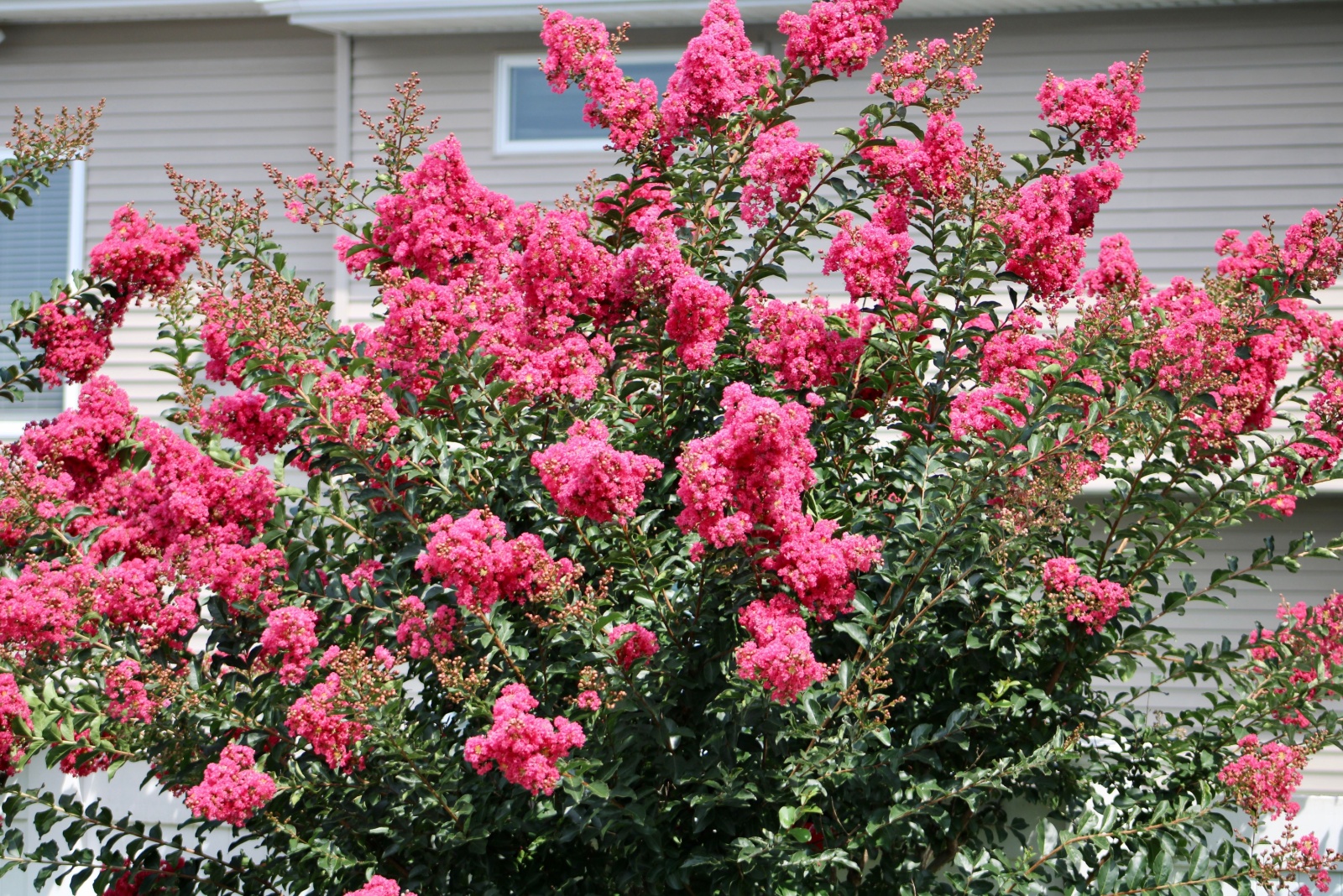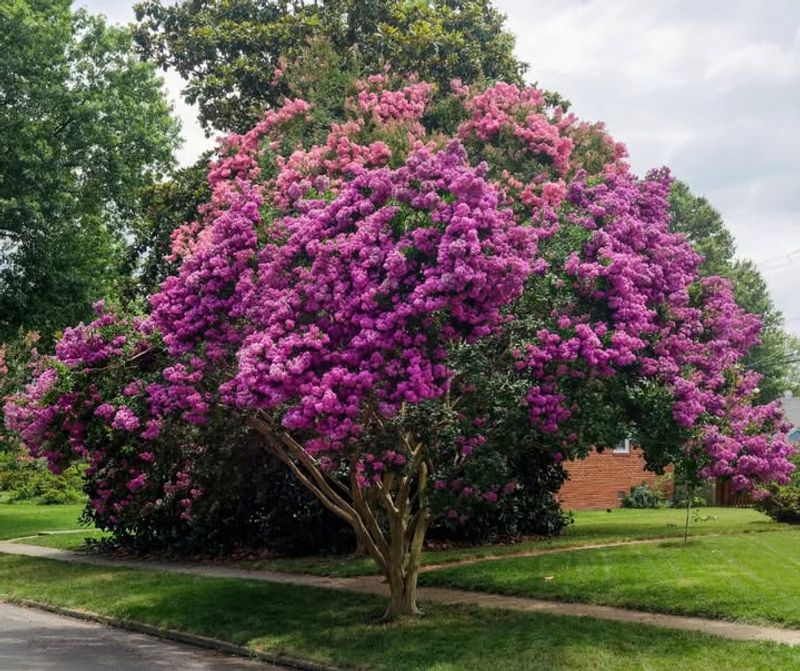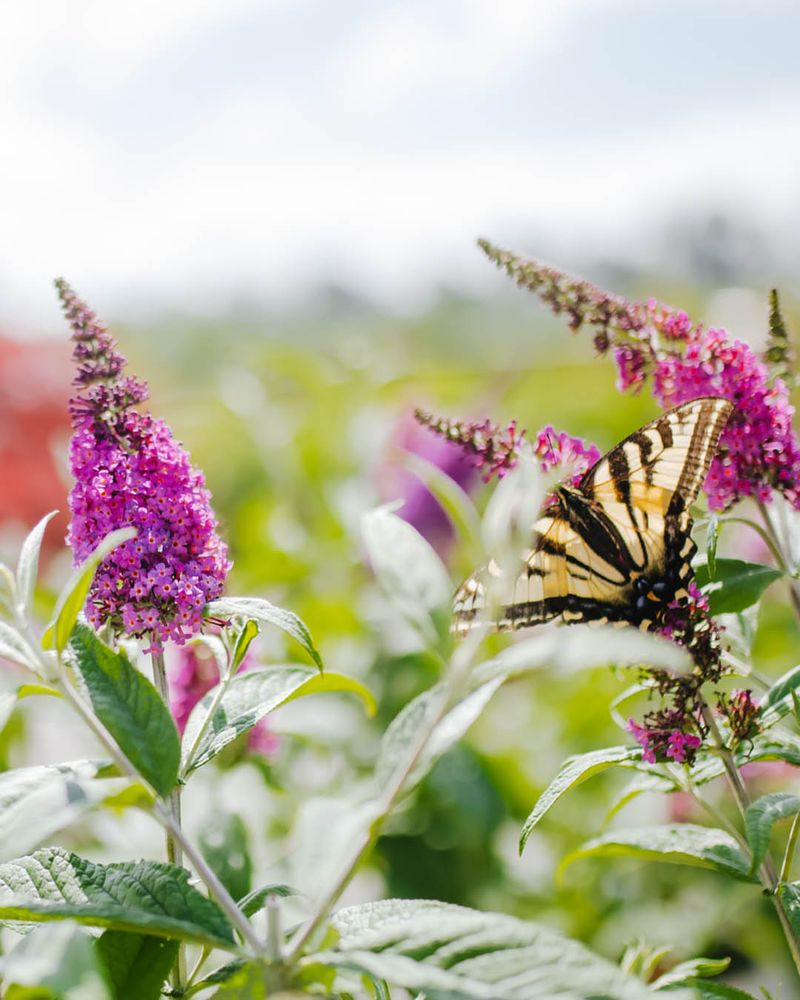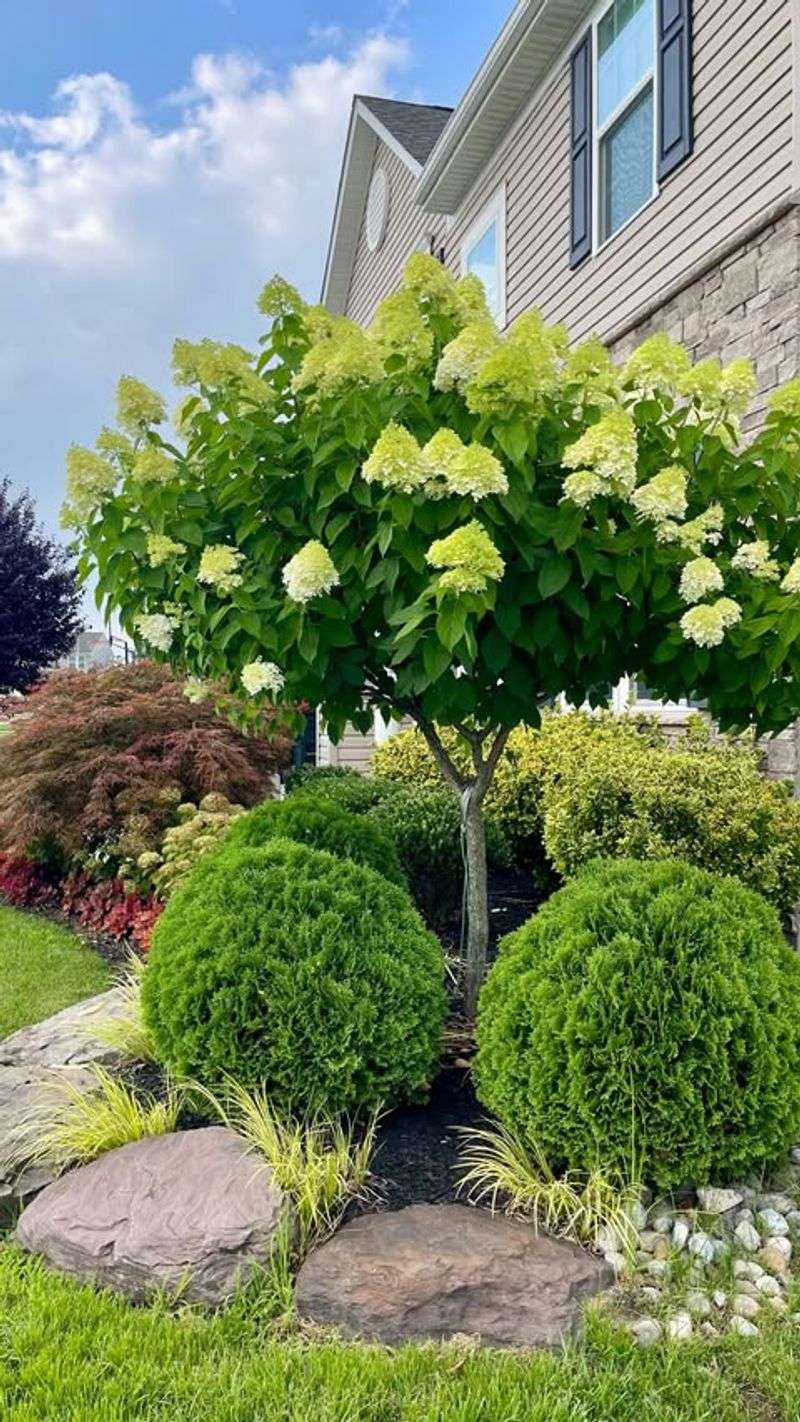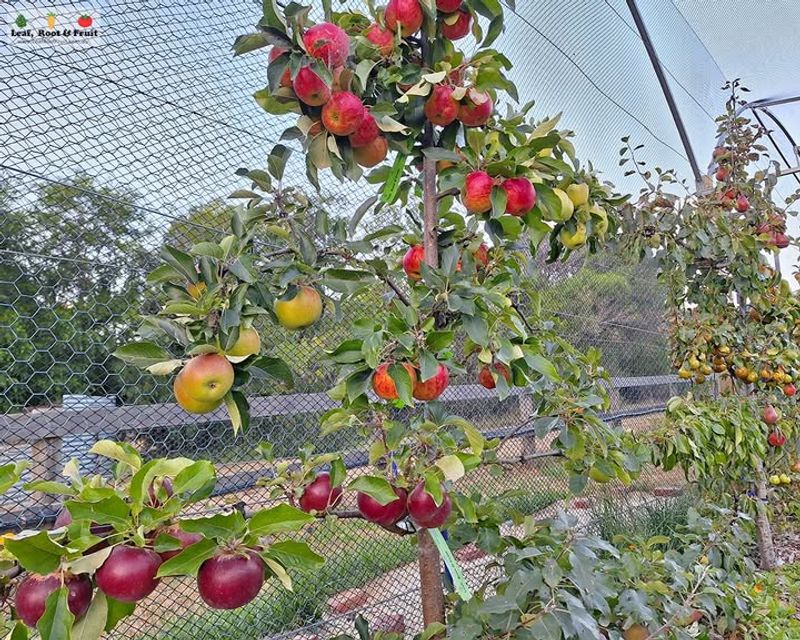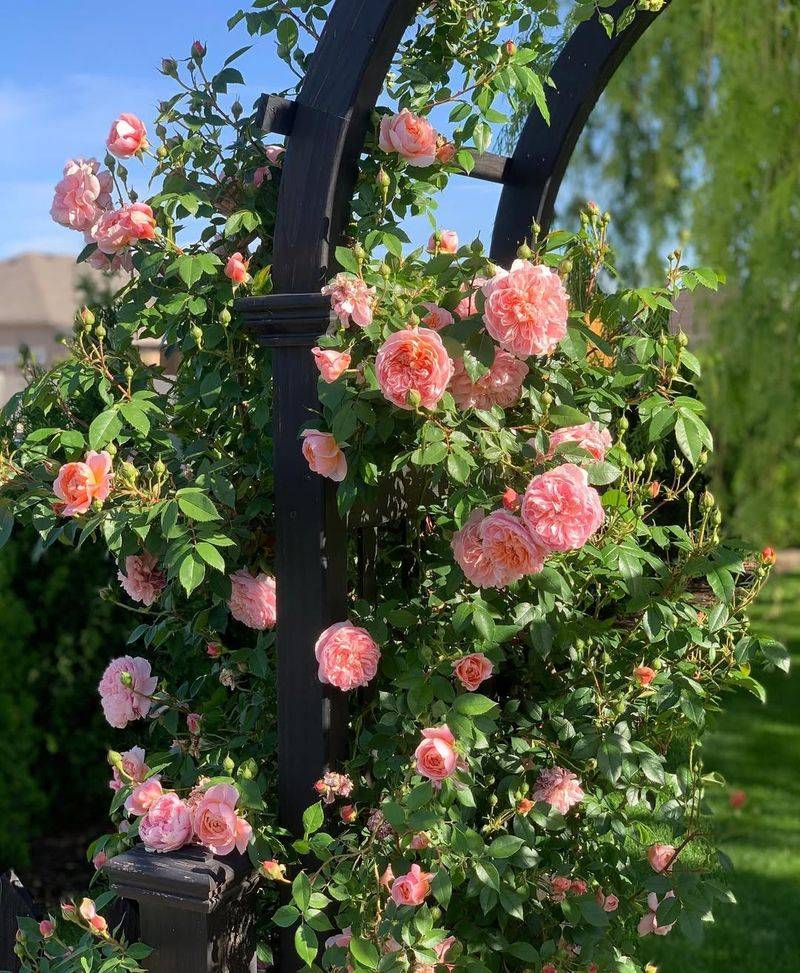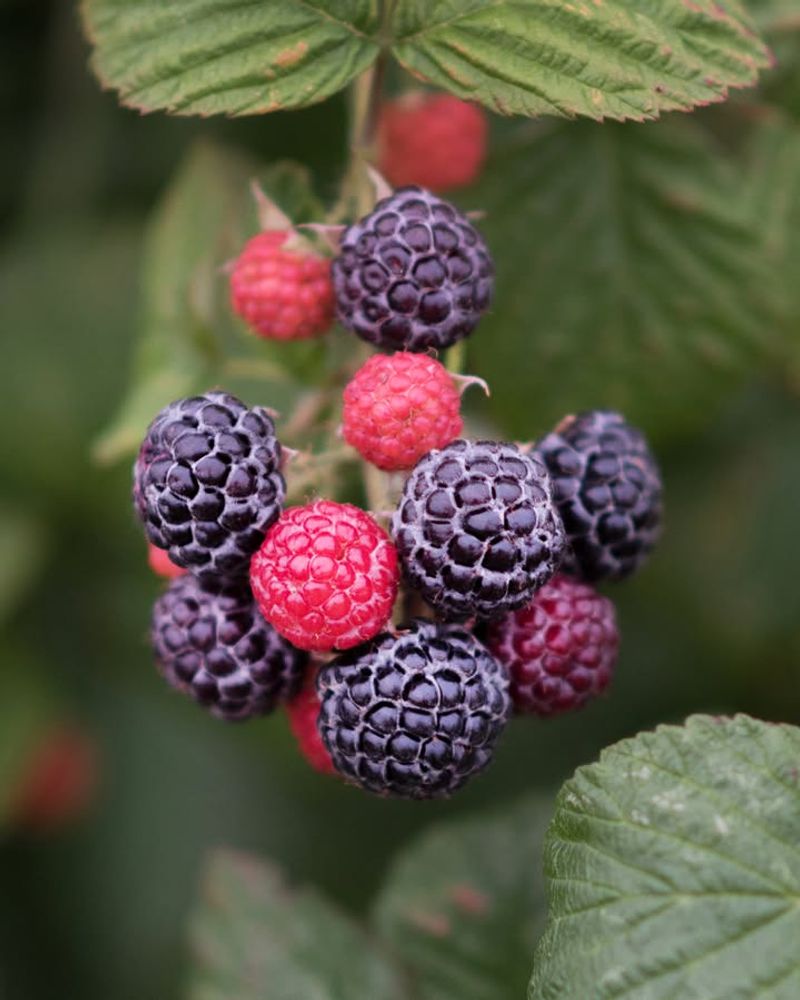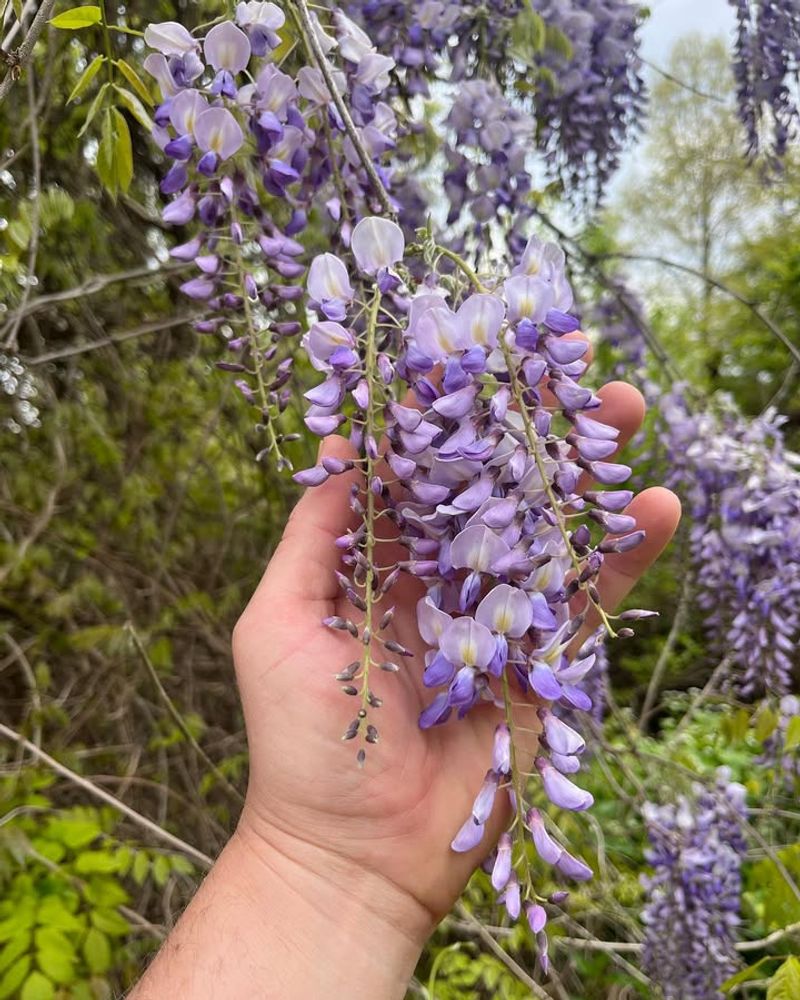November in Virginia brings cooler temperatures and the perfect time to grab your pruning shears. Many plants benefit from a good trim before winter sets in, helping them stay healthy and grow stronger come spring.
Proper pruning now can prevent disease, encourage better blooms, and keep your garden looking its best all year long.
1. Roses
Late fall offers an excellent window for tidying up your rose bushes. Cut back any dead or diseased canes to prevent problems from spreading during the cold months ahead.
Remove about one-third of the plant’s height, focusing on crossing branches that rub together. This encourages air circulation and reduces the chance of fungal infections.
Clean cuts heal faster, so always use sharp, sanitized tools. Your roses will thank you with gorgeous blooms when warm weather returns next year.
2. Crepe Myrtles
Known for their stunning summer flowers, crepe myrtles respond beautifully to November trimming. Start by removing any suckers growing from the base, which steal energy from the main trunk.
Trim away small twiggy growth and any branches smaller than a pencil. Avoid the common mistake of topping these trees, which ruins their natural shape.
Light shaping now sets the stage for a fuller canopy. Come summer, you’ll enjoy an explosion of colorful blooms that make your neighbors jealous.
3. Butterfly Bush
Butterfly bushes can grow wild and scraggly without regular maintenance. November pruning keeps them compact and encourages vigorous spring growth.
Cut the entire plant back to about 12 inches from the ground. Don’t worry about being too aggressive—these tough shrubs bounce back quickly.
Removing old wood prevents the plant from becoming leggy and weak. Plus, fresh new stems produce the most flowers, attracting more butterflies to your yard next season.
4. Hydrangeas
Not all hydrangeas should be pruned the same way, so knowing your variety matters. Smooth and panicle hydrangeas benefit from November trimming since they bloom on new wood.
Cut these types back by about half their height, removing any dead or damaged branches. Oakleaf and mophead varieties need less attention—just deadhead spent blooms.
Proper timing ensures you won’t accidentally remove next year’s flower buds. A little research goes a long way toward keeping these beauties blooming beautifully.
5. Fruit Trees
Apple, pear, and peach trees all benefit from late-fall pruning sessions. Remove any dead, diseased, or crossing branches that could cause problems later.
Focus on opening up the center of the tree to allow sunlight and air to reach all branches. This reduces disease risk and improves fruit quality.
Avoid heavy pruning now—save major shaping for late winter. November work should focus on cleanup and removing obvious problem areas before the hard freeze arrives.
6. Evergreen Shrubs
Boxwoods, hollies, and other evergreens stay green all winter but still need occasional trimming. November is ideal for light shaping before the coldest weather hits.
Remove any damaged or brown branches to maintain a neat appearance. Avoid cutting into old wood, which may not produce new growth.
Keep your cuts conservative—evergreens grow slowly, and mistakes take years to correct. A gentle trim now keeps your landscape looking polished through the holiday season and beyond.
7. Ornamental Grasses
Ornamental grasses add texture and movement to gardens, but they need annual cutting back. November works well, though some gardeners wait until early spring.
Use sharp shears or hedge trimmers to cut the entire clump down to about 6 inches above ground. Bundle the cut stems for easy cleanup.
Removing old growth makes room for fresh shoots and prevents the center from dying out. Your grasses will return thicker and more vibrant when temperatures warm up again.
8. Climbing Roses
Climbing roses require different care than their bush cousins. November is perfect for removing old, unproductive canes that no longer produce many flowers.
Keep the strongest, healthiest canes and tie them securely to their support structure. Remove any growth that looks weak, diseased, or damaged.
Proper pruning encourages the plant to focus energy on vigorous canes that will bloom heavily. Your vertical garden will look spectacular next summer with cascading roses covering every inch.
9. Raspberries and Blackberries
Berry bushes produce fruit on either first-year or second-year canes, depending on the variety. November is ideal for removing canes that already fruited this past summer.
Cut spent canes completely to the ground, leaving only the green, vigorous new growth. This prevents disease and keeps your berry patch manageable.
Thinning also improves air circulation and sunlight penetration, leading to bigger, sweeter berries. Next year’s harvest will be worth the effort you put in now.
10. Wisteria
Wisteria vines grow fast and can quickly take over structures if left unchecked. November pruning helps control their size and encourages better flowering.
Cut back long, whippy shoots to about 6 inches from the main framework. Remove any tangled or wayward growth that’s heading in the wrong direction.
Regular pruning twice a year—once in summer and again in November—keeps wisteria manageable. You’ll be rewarded with stunning cascades of fragrant purple blooms each spring.

